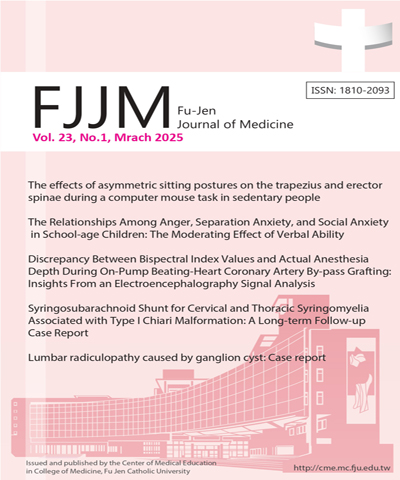
輔仁醫學期刊/Fu-Jen Journal of Medicine
輔仁大學醫學院,正常發行
選擇卷期
- 期刊
Introduction: "Aging in place" has always been the goal of the government to promote long-term care policies, of which the day service center is one of the most integral part supporting aging in place. However, the uniform activities and schedules designed by day service center should be reconsidered for their suitability. The purpose of this study is aimed to examine the differences of care model between "Unit Care" and "Yume-No-Mizuumi-Mura". Method: The qualitative case study method was conducted to interview the stakeholders of the day service centers. Results & Conclusion: After observing four day service centers and depth interviewing 27 persons who related to the day service center, we find that although the elderly in the day center centers have needs such as safety care, the needs for autonomy and interpersonal interaction are seldom emphasized. When the day service center uses the "Yume-No-Mizuumi-Mura" model, people's autonomy and interaction or meaning of life were better than the "Unit Care" model. Suggestion: Our results suggest that the day service centers have to provide a variety of choices to enhance autonomy, properly use existing venues to cultivate elderlies' daily life skills and increase social participation, and rethink the meaning of unit care model.
- 期刊
Background and purpose: This study examines the characteristics and medical utilization of elderly patients with lower limb amputation in three different age groups, namely, young-old, old-old, and oldest-old, and compares them with amputees younger than 65. Methods: A retrospective study. We used data from a nationally representative sample of one million enrollees of the National Health Insurance in Taiwan from 1996 to 2013. The basic characteristics for amputation were identified, and the claims data for medical utilization were analyzed. Results: Among amputees older than 65, the higher the age, the higher the proportion of female (p = .002) and amputations due to peripheral vascular diseases (p = .000). There was no significant difference in amputation level, dialysis, inpatient rehabilitation, surgical cost, and hospital costs. Compared with amputees younger than 65, the proportion of females (p = .000), proximal amputations (p = .000), non-traumatic amputations (p = .000), and dialysis (p = .000) was higher in patients older than 65. In contrast, the proportion of patients receiving rehabilitation (p = .000) and the surgical cost of the same amputation level (p = .000) were lower than for those younger than 65. Conclusion: In elderly at risk of amputation, the higher the age, more attention must be paid to female and patient with non-diabetic peripheral vascular disease. Few elderly amputees received inpatient rehabilitation, which is a reminder that amputation rehabilitation is not simply prosthetic rehabilitation. Improving patients' self-care, transfer, and mobility skills before discharge should not be limited by age.
- 期刊
Purpose: Intraocular foreign body (IOFB) injuries can lead to different clinical outcomes as a result of various factors, including the mechanism of injury, characteristics of the IOFB, and the location of the IOFB. We report a rare case of a patient with an intralenticular foreign body who was able to achieve substantial visual recovery after phacoemulsification was performed. Observation: A woman aged 59 years presented with blurred vision in the right eye for 1 day after being splashed in the eye with iron dust. On examination, the patient was noted to have an intralenticular foreign body with a resultant visually significant cataract. Despite poor visual acuity upon admission, she made a good visual recovery after removal of the IOFB, phacoemulsification, and secondary intraocular lens implantation. Conclusions and importance: This report highlights that in order to provide complete patient care, a detailed history and physical examination of the patient should be performed. Phacoemulsification and sequential intraocular lens implantation may be associated with faster visual recovery in selected cases.
- 期刊
Based on a patient's presentation, careful neurologic examinations and radiographic data may be employed to identify pathological lesions. From a surgical standpoint, the laterality of lesions always influences surgical planning and results. Precise localization is crucial for the success of the commonly preferred minimally invasive surgeries. False localization can undercut such efforts. Even though we strive to confirm lesions before operating, false localization may still occur. In this report, we present a case of a patient with false localizing signs on the lumbar spine. The signs of localization of lumbar radiculopathy differed between presenting symptoms and magnetic resonance imaging scans. This discrepancy posed difficulties in deciding on the surgical approach. There were no published case reports on false localization signs at the lumbar spine before. In this report, we discuss the possible mechanisms involved and review the relevant literature.

